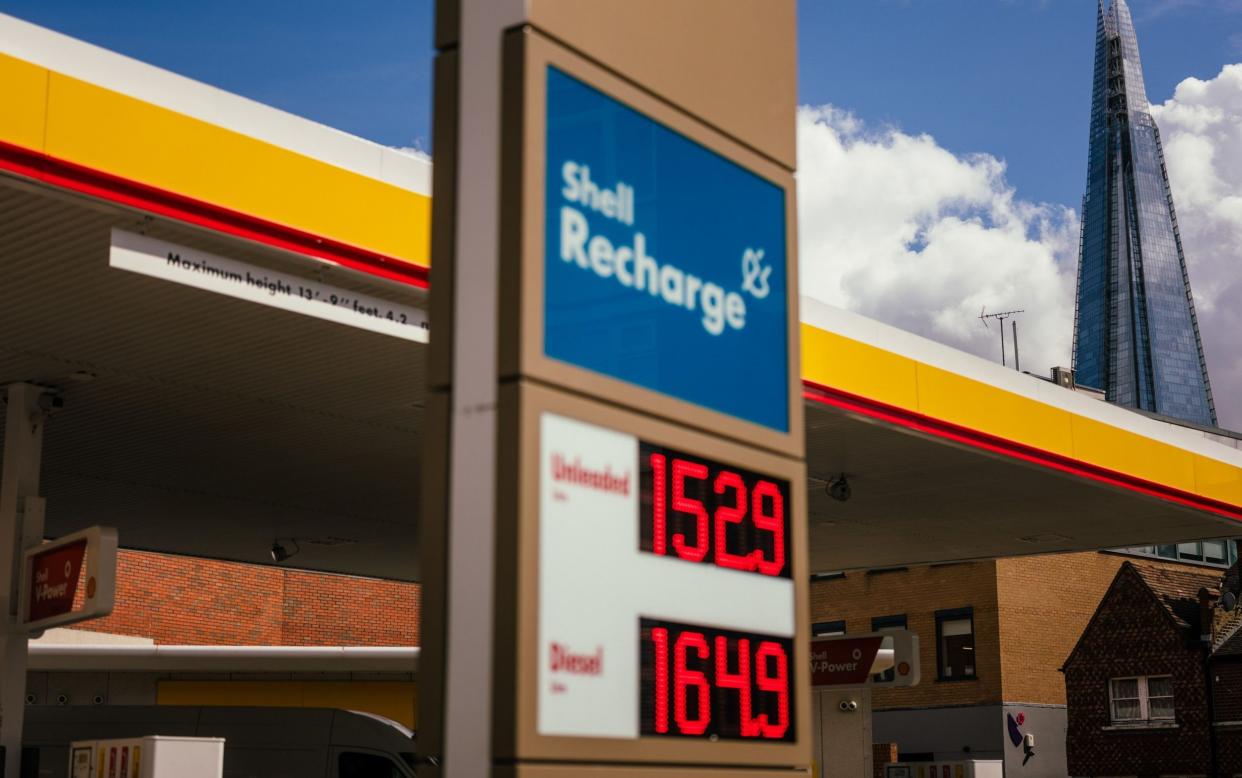Drivers face paying more than 150p per litre amid ‘shocking’ petrol price rises

Drivers face paying more than 150p per litre for fuel after “shocking” price rises, amid concerns about profiteering by petrol stations.
Almost a quarter of petrol stations are already charging this amount or more, according to the AA, meaning it costs £82.50 to fill the tank of a typical 55 litre petrol car.
Average pump prices on Tuesday stood at 149.2p for unleaded and 157.7p for diesel, up from 145.6p and 154.8p respectively a month ago, according to the motoring organisation’s analysis of official data.
It comes just weeks after the Competition and Markets Authority (CMA) said it remained concerned about increases in petrol station profit margins, in a sign that retailers may be inflating prices unfairly.
There are fears motorists could face further price hikes in the coming weeks, with wholesale oil prices currently at levels not seen since October. The US is also reimposing sanctions on Venezuela and western countries are readying tougher sanctions on fellow oil producer Iran.
A barrel of Brent crude currently costs around $87 but analysts have warned that geopolitical instability could push it up to $100 (£80.33).
Luke Bosdet, the AA’s spokesman on pump prices, said: “Drivers will have been shocked by rapid increases on the forecourt price boards.
“Oil rising above $90 a barrel in April makes them nervous.”
The AA analysed CMA pump data for 2,910 forecourts. Of these, 693 – or about 24pc – have already priced unleaded petrol at 150p per litre or more.
At the other end of the scale, only 11 supermarket forecourts are currently charging less than 140p per litre.
Petrol today costs more than it did a year ago. The higher prices are eroding the financial gains drivers would otherwise make through better engine efficiency in the warmer seasons, the AA said. “At present, what should be cheaper motoring is being reined back by rising pump prices,” the organisation added.
“Last spring, petrol was on a downward track and significantly less expensive than in the spring of 2022.
“That and getting more miles to the gallon provided a double benefit to improve the fortunes of motorists considerably. This spring, it is much less so.”
A 3.7p increase in the price of unleaded over the last month has effectively wiped out one third of the fuel efficiency gains, the AA said.
Mr Bosdet added: “The 10p-a-litre surge in the price of petrol since the start of the year, with more than a third coming within the last four weeks alone, is not where UK motoring consumers wanted to be.”
The CMA continues to monitor fuel prices closely after investigating the market last year and finding evidence of profiteering. It said last month that petrol retailer margins remained too high.
Supermarket fuel margins nearly doubled from 4pc to 7.8pc between 2017 and 2023, while margins at other petrol retailers rose from 6.4pc to 9.1pc.
The CMA said: “This sustained increase in the level of fuel margins is concerning and suggests that a key finding of the CMA’s market study – that overall levels of competitive intensity have weakened in the road fuel retail market – remains valid.”


